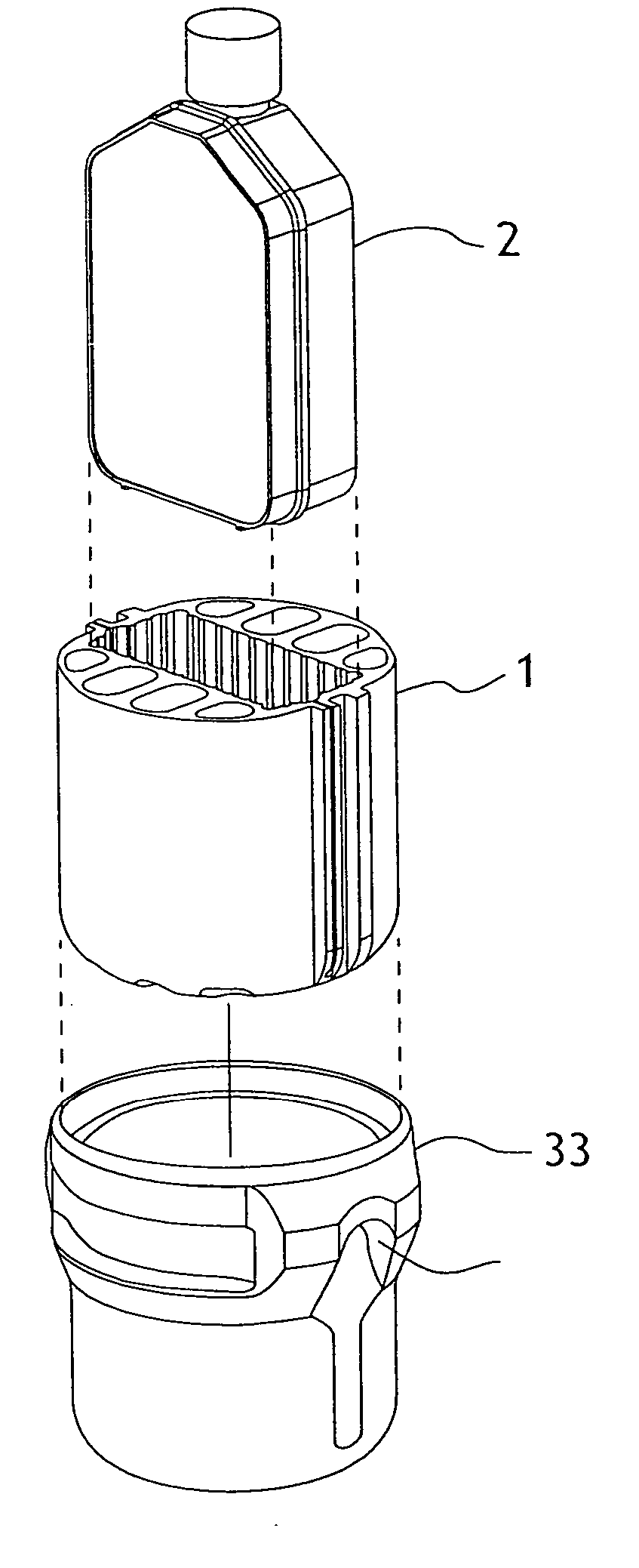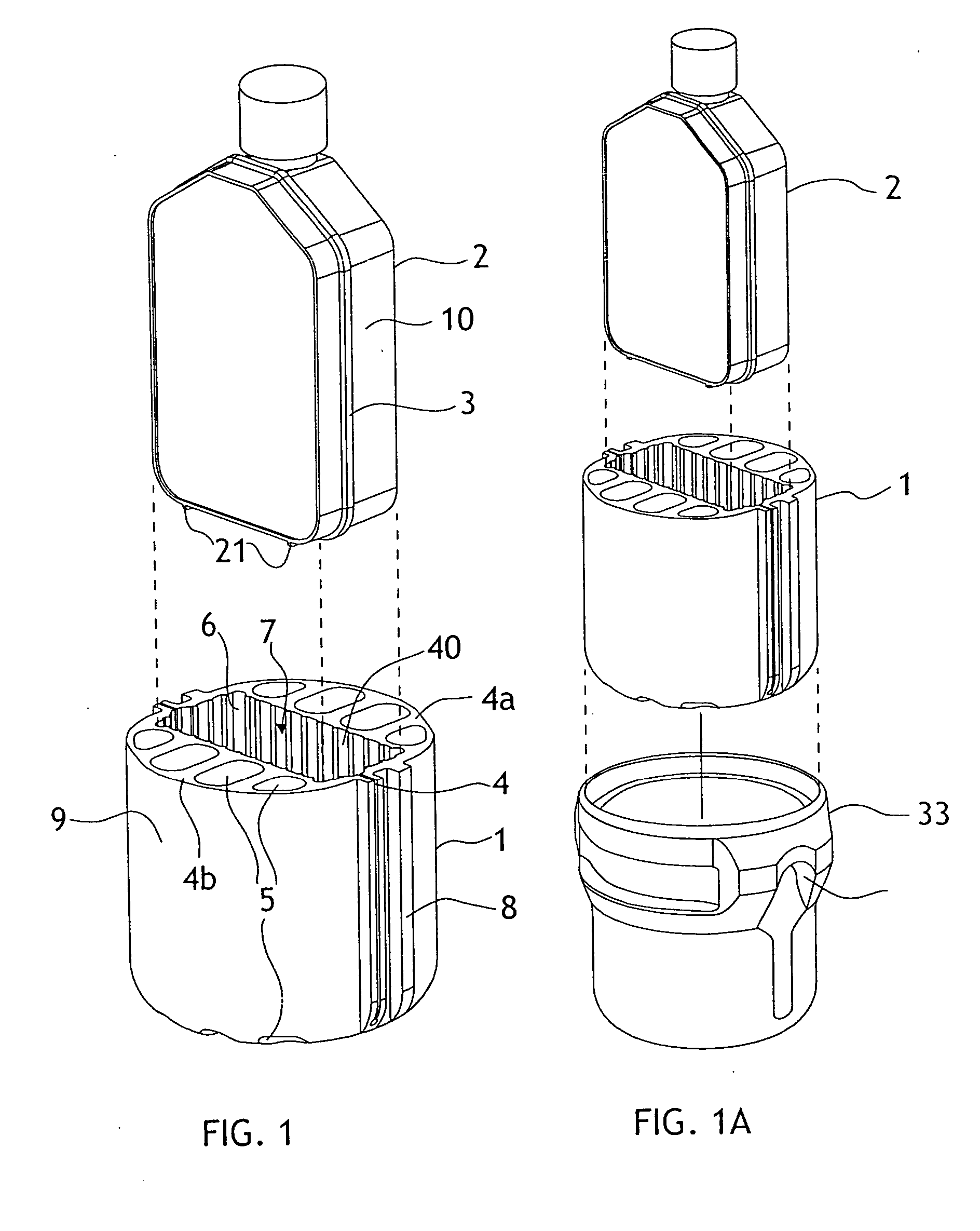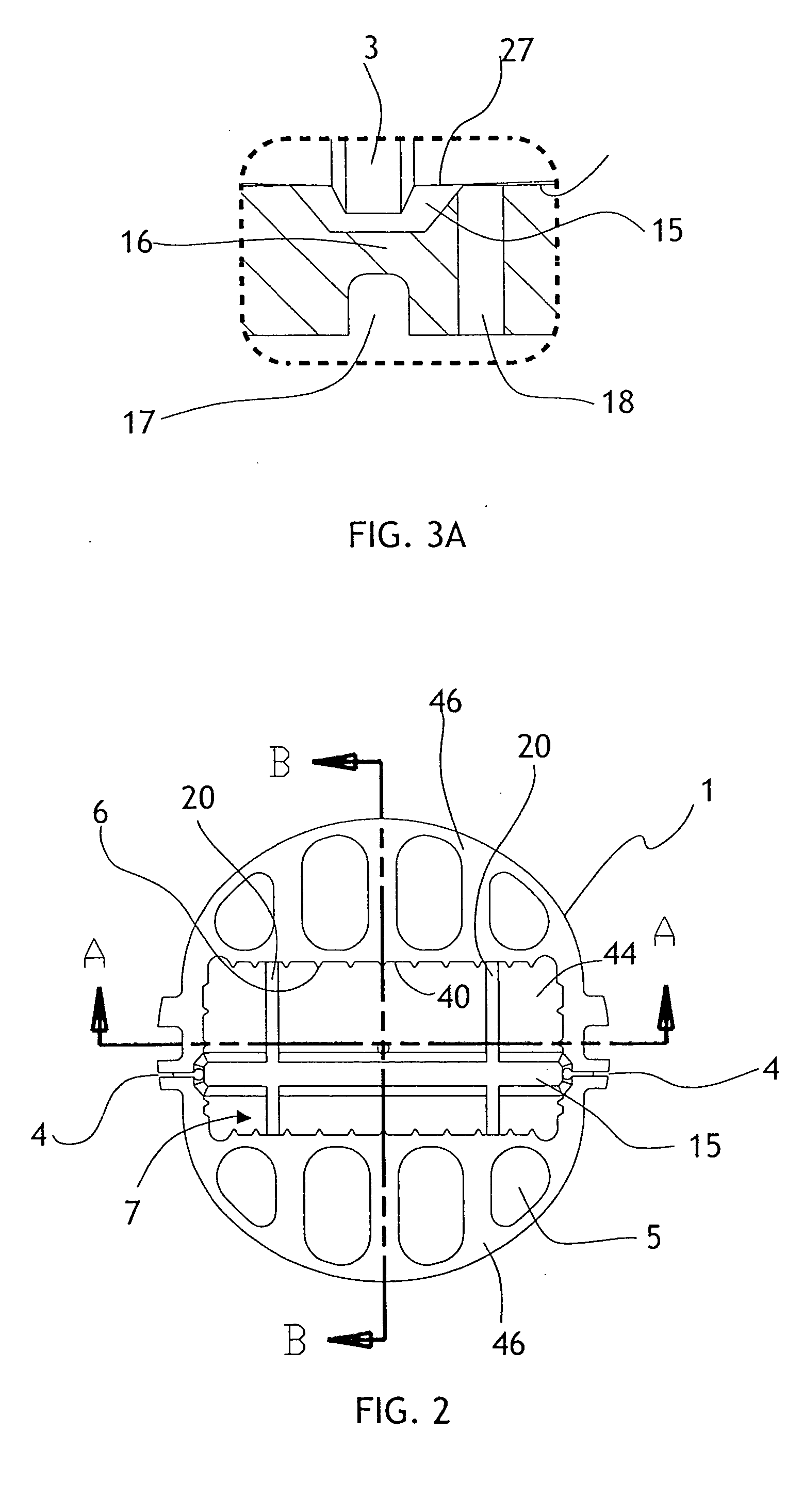Centrifuge adapter
a technology for centrifuges and adapters, which is applied in the direction of centrifuges, laboratory glassware, separation processes, etc., can solve the problems of difficult to break vacuum, substantial resuspension of separated sample materials, and problems that remain
- Summary
- Abstract
- Description
- Claims
- Application Information
AI Technical Summary
Benefits of technology
Problems solved by technology
Method used
Image
Examples
example 1
Starting Cell Lines from Frozen Stock
[0063] This process begins by releasing a cell line from a stock, such as frozen cells from a cell registry and depository. With the current protocol the cell line pellet is thawed and may be transferred to a conical tube containing media. This conical tube would then be subjected to centrifugal force (for example, 1,000 to 1,800 revolutions per minutes for 4 to 10 minutes at room temperature) to pellet the cells to the bottom of the tube. The supernatant would then be removed, for instance by pipette removal or decanting. A media would be added to the conical tube to resuspent the cells in the media. The resuspended cells would then be introduced to a tissue culture flask of a selected size such as the 75 cm2 tissue culture flask, and the cells are grown in the media under the controlled environment of an incubator. Using the adapter of the present invention, the thawed cell line pellet may be transferred directly into a flask containing growth...
example 2
Passing and Refeeding of Cells
[0064] The cell culture flask may be used to grow adherent cell culture or suspension cell cultures (such as from established cell lines or from primary cells (derived from blood, body fluids, tissues or organs). The cell line originate from a frozen cell stock or from primary cells needed to be resupplied with fresh nutrient media after a period of growth in the flask. In current protocols, the cells such as in the suspended cell culture or the detached cells from the adherent cell culture would be transferred to a conical tube or other similar labware and spun to pellet the cells. The supernatant would then be removed and additional culture media added to the tube. The cells would then be resuspended and transferred to cell culture flasks for continuing growth, or be divided into a number of flasks for additional growth. In using the present invention, such transfer of cells to conical tubes may no longer be necessary. Over the course of cell mainten...
example 3
Harvesting of Cells
[0065] Finally, the harvesting of cells of analysis previously may require transferring of the cells and media from a flask, in which the cells were growing, to a conical tube. As before, the cells would be subjected to centrifugal force to pellet the cells. The media is removed, the cells are resuspended in the conical tube, adjusted to the appropriate concentration and subsequently transferred to be used for various end analysis. Alternatively, the concentrated cells may be transferred to vials or other storage containers for freezing and future reuse. The present adapter can eliminate the use of the conical tubes, instead allowing the centrifugation of cells to occur in the original tissue culture flask.
[0066] A person of ordinary skill in the art will appreciate that a number of alternatives are possible using the present device. For example, the illustrations detail the use of cell culture flasks for use with the present adapter. However, a number of differ...
PUM
| Property | Measurement | Unit |
|---|---|---|
| angle | aaaaa | aaaaa |
| centrifugal forces | aaaaa | aaaaa |
| force | aaaaa | aaaaa |
Abstract
Description
Claims
Application Information
 Login to View More
Login to View More - R&D
- Intellectual Property
- Life Sciences
- Materials
- Tech Scout
- Unparalleled Data Quality
- Higher Quality Content
- 60% Fewer Hallucinations
Browse by: Latest US Patents, China's latest patents, Technical Efficacy Thesaurus, Application Domain, Technology Topic, Popular Technical Reports.
© 2025 PatSnap. All rights reserved.Legal|Privacy policy|Modern Slavery Act Transparency Statement|Sitemap|About US| Contact US: help@patsnap.com



